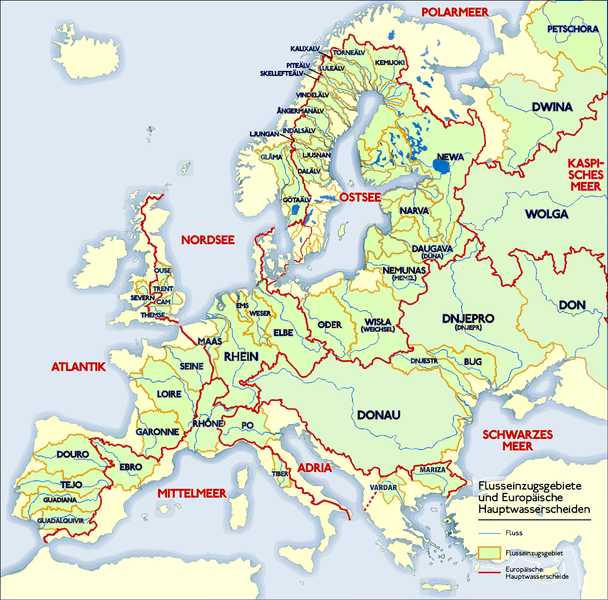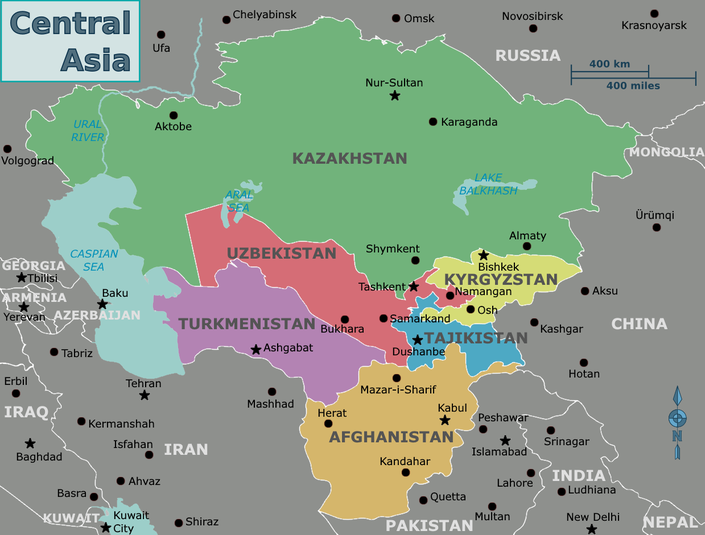truthSeeker
Primećen član
- Poruka
- 862
bez ikakvih tumačenja od strane autora posta
takođe bez citiranja nečijih tumačenja istorijskih izvora......
u obzir dolaze samo originalni tekstovi autora istorijskog dokumenta...
i to samo oni koji postoje na internetu u izvornom obliku i prevedeni na engleski ako je moguće
da počnem:
"Meadows of gold and mines of gems" Al Masudi
https://archive.org/details/historicalencycl00masrich
strana 72
Matushalekh je živeo 960 godina i imao je mnogo dece...neki kažu da su Rusi, Bugari i Sloveni njegovi potomci...
strana 403
o kralju Šarvanu i oblastima nazvanim po njemu...
strana 407
tu (u u gradu Itil) od drugih pagana žive i Sklaveni i drugi Rusi
strana 409
u zemlji Hazara je 9 sudija: 2 za muslimane, 2 za Hazare, 2 za hrišćane, i 1 za Sklavene, Ruse i druge pagane...
strana 412 o Rusima
uzak zaliv tamo gde se reka Don uliva u Crno more...(ovde se misli na Azovsko more? ili na njegov deo na samom ušću Dona? ) je rusko more jer nijedna nacija osim Rusa ne plovi njime..Rusi žive na jednoj obali ovog mora...Rusi su velika nacija koja nema kralja i ne priznaje zakon...mnogi od njih su trgovci i trguju sa zemljom Targhiz (ranije na istoj strani u tekstu kaže se da su ovo Bugari).. Rusi poseduju mnogo rudnika srebra...
glavni grad Targhiz-a se nalazi na obalama Azovskog mora..Targhiz su turskog porekla i njihovi karavani idu sve do oblasti Khorasan (i obrnuto karavani iz oblasti Khorasan dolaze do Targhiz oblasti) ali su ovi trgovački putevi nesigurni zbog drugih Turaka između te dve lokacije...sadašnji kralj Targhiz-a (godina 332 ?) je musliman..
na strani 417 o Rusima:
počev od godine 300 imaju oko 500 brodova i trguju pomoću njih u Rimu, Španiji, Konstantinopolju i u zemlji Hazara...tekst dalje opisuje kako se uz dozvolu Hazara jedna njihova ekspedicija krenuvši sa Dona prebacila do Volge a zatim njome do mora pa morem do grada Baku u oblasti Šarvan (Shirvan u današnjem Azerbejdžanu) gde su napali neku trgovačku flotu...

takođe bez citiranja nečijih tumačenja istorijskih izvora......
u obzir dolaze samo originalni tekstovi autora istorijskog dokumenta...
i to samo oni koji postoje na internetu u izvornom obliku i prevedeni na engleski ako je moguće
da počnem:
"Meadows of gold and mines of gems" Al Masudi
https://archive.org/details/historicalencycl00masrich
strana 72
Matushalekh je živeo 960 godina i imao je mnogo dece...neki kažu da su Rusi, Bugari i Sloveni njegovi potomci...
strana 403
o kralju Šarvanu i oblastima nazvanim po njemu...
strana 407
tu (u u gradu Itil) od drugih pagana žive i Sklaveni i drugi Rusi
strana 409
u zemlji Hazara je 9 sudija: 2 za muslimane, 2 za Hazare, 2 za hrišćane, i 1 za Sklavene, Ruse i druge pagane...
strana 412 o Rusima
uzak zaliv tamo gde se reka Don uliva u Crno more...(ovde se misli na Azovsko more? ili na njegov deo na samom ušću Dona? ) je rusko more jer nijedna nacija osim Rusa ne plovi njime..Rusi žive na jednoj obali ovog mora...Rusi su velika nacija koja nema kralja i ne priznaje zakon...mnogi od njih su trgovci i trguju sa zemljom Targhiz (ranije na istoj strani u tekstu kaže se da su ovo Bugari).. Rusi poseduju mnogo rudnika srebra...
glavni grad Targhiz-a se nalazi na obalama Azovskog mora..Targhiz su turskog porekla i njihovi karavani idu sve do oblasti Khorasan (i obrnuto karavani iz oblasti Khorasan dolaze do Targhiz oblasti) ali su ovi trgovački putevi nesigurni zbog drugih Turaka između te dve lokacije...sadašnji kralj Targhiz-a (godina 332 ?) je musliman..
na strani 417 o Rusima:
počev od godine 300 imaju oko 500 brodova i trguju pomoću njih u Rimu, Španiji, Konstantinopolju i u zemlji Hazara...tekst dalje opisuje kako se uz dozvolu Hazara jedna njihova ekspedicija krenuvši sa Dona prebacila do Volge a zatim njome do mora pa morem do grada Baku u oblasti Šarvan (Shirvan u današnjem Azerbejdžanu) gde su napali neku trgovačku flotu...

Poslednja izmena:












